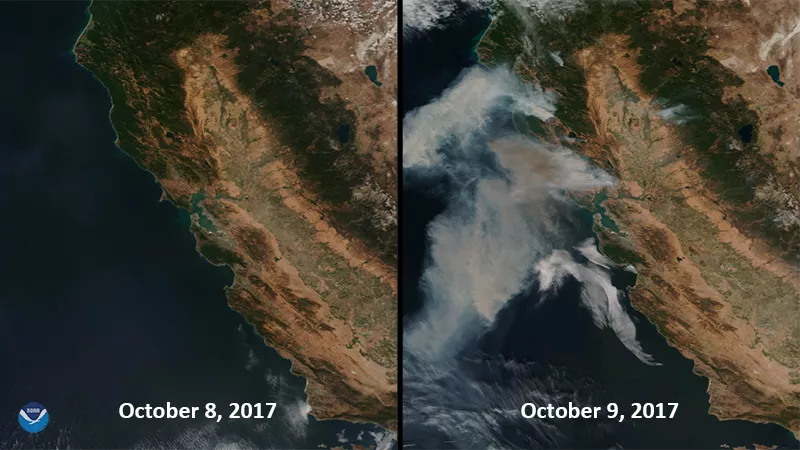Bipartisan Infrastructure Law summary: “Shall be for wildfire prediction, detection, observation, modeling, and forecasting, for fiscal year 2022."
Drought and persistent heat set the stage for extraordinary wildfire seasons in 2020 and 2021, underlining the urgent need to understand and better predict the extent and intensity of future fires. Fire managers, elected officials, land managers, frontline communities and emergency response agencies must be equipped with and are asking for improved outlooks, observations, and predictive guidance to battle these devastating wildfires.
Collaborative scientific expertise in observations, weather modeling, decision support, and social, behavior, and economic science from across NOAA will improve weather, smoke, and fire behavior forecasts. Working with federal, state, local, tribal, and academic partners, NOAA will advance tactical fire fighting decisions, improve risk management and resource planning, and increase understanding of the impacts of these fires on human health.
In addition, this work will advance satellite-based products for fire detection. Near-continuous satellite observations of fire intensity help predict rapid changes in fire behavior. These “nowcasts” provide firefighters with critical information before and during the early stages of a fire – at the time when intervention is most likely to change the outcome. Ultimately, NOAA will tap into our world-leading archive of historical weather and environmental data, together with modern AI techniques, to predict wildfire risk and burn behavior from weather forecasts and land cover information.
A new Fire Weather Testbed will also investigate fire manager needs, improve forecast delivery, and ensure fire danger information is part of the improved forecast plan.
The goals are to provide improved detection capabilities to keep communities safe, improve community preparation for and resilience to fire, and ensure highly accurate weather forecasts delivered to the community when and how they need the information.
Funding
$50M in FY 2022
Announcements
- Funding will likely be distributed internally, therefore no external funding opportunity is expected at this time.


